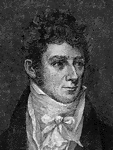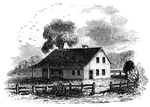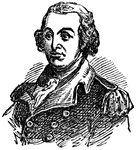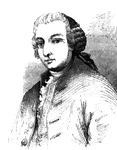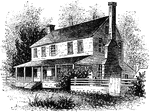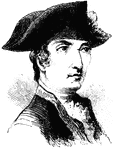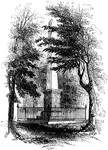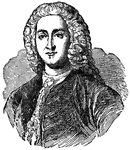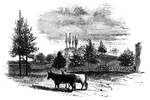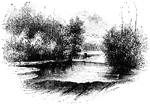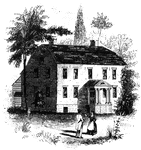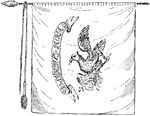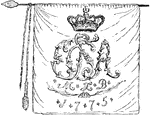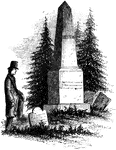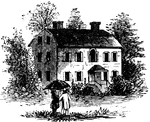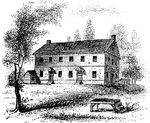
Friends' meeting-house
"Friends' meeting-house. This view is from the shed in the yard, looking southeast. The building stands…

Gaspee Point
"Gaspee Point. This view is from the bank of the cove just below the Point, looking northeast, showing…
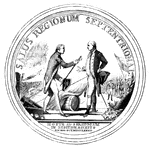
Gates Medal
Medal struck in honor of General Gates and his army. On the reverse side, Burgoyne is represented in…
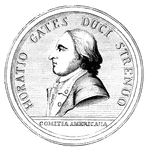
Gates Medal
Medal struck in honor of General Gates and his army. On this side is a bust of General Gates, with the…
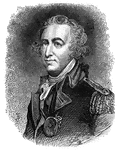
General Horatio Gates
"General Horatio Gates, American general in the American Revolution."—E. Benjamin Andrews, 1895
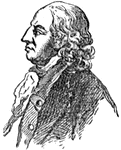
General Gates
General Gates fought in the American Revolution and was appointed to the command of the northern American…
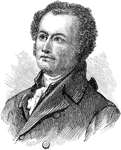
Colonel Glover
A brigadier general in the Continental Army. He was from Marblehead, Massachusetts and was the first…
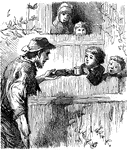
God Bless You
"It is a weary march. The soldiers are foot-sore, hungry, exhausted. Some drop from the ranks, and fall…
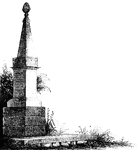
Goshen Monument
"Monument at Goshen. During the battle, Major Wood, of Goshen, made a masonic sign, by accident, which…

Gravesend Bay
"View at Gravesend Bay. This view is from the road on the high shore, a little below Fort Hamilton,…
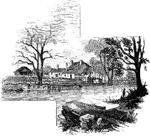
Greene and Knox Head-Quarters
"Head-quarters of Greene and Knox. This view is from the turnpike road, looking southeast. The water…
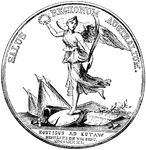
Greene Medal Back
"Gold medal awarded to Greene. This is a representation of the back side of the medal, the full size…
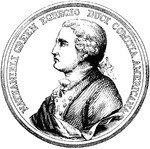
Greene Medal Front
"Gold medal awarded to Greene. This is a representation of the front side of the medal, the full size…
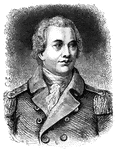
General Nathaniel Greene
"General Nathaniel Greene, famous American general from the Southern Campaign during the American Revolution."—E.…
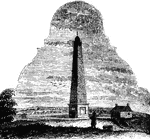
Groton Monument
"Monument at Groton. This is a view from the southwest angle of old Fort Griswold, looking northeast.…

Guilford Battle-ground
"View of the battle-ground. This view is from the eminence southwest of the site of old Guilford Court…

Guilford Courthouse
The site of the Guilford Courthouse battle, a pivotal battle of the American Revolution. This battle…
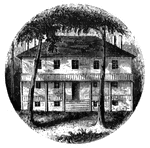
Guy Park
This was the residence of Colonel Guy Johnson, and is still standing, on the north side of the Mohawk,…
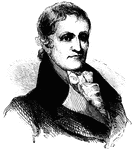
Joseph Habersham
(1751-1815) He served in the Revolution as lieutenant Colonel in the Georgia Continental Lines

Hale Statue
"Statue of Nathan Hale. It was during his treated that an event occurred which showed how much Americans…
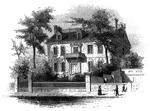
Hancock's House
"Hancock's House, Boston. This is a substantial stone building, situated upon Beacon Street, fronting…
![John Hancock (January 23 1737 [O.S. January 12, 1736] - October 8, 1793) was a Massachusetts merchant and prominent patriot of the American Revolution, but is most famous for his prominent signature on the United States Declaration of Independence.](https://etc.usf.edu/clipart/55900/55976/55976_hancock_john_mth.gif)
John Hancock
John Hancock (January 23 1737 [O.S. January 12, 1736] - October 8, 1793) was a Massachusetts merchant…
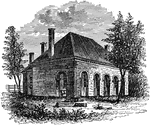
Hanover Courthouse
Hanover County Courthouse is the place where Patrick Henry practiced law and argued the case accusing…
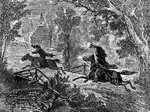
The Headless Horseman, Sleepy Hollow
A short story written by Washington Irving. The tale describes a superstitious man named Ichabod Crane,…
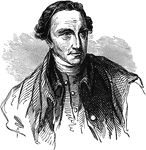
Patrick Henry
Patrick Henry (May 29, 1736 - June 6, 1799) was a prominent figure in the American Revolution, known…
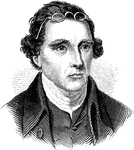
Patrick Henry
An illustration of Patrick Henry a man who served as the post-colonial Governor of Virginia and was…
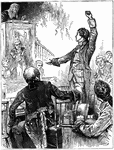
Henry, Patrick, Give me liberty or give me death!
A drawing of Virginia Convention in 1775, at St. John's Church in Richmond, Virginia, when Patrick Henry…

Statue of Patrick Henry at Richmond, VA
Statue of Patrick Henry, American Revolutionary, in Richmond, Virginia.
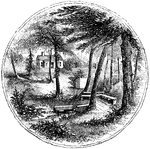
Hobkirk's Hill
"View at the Spring; Hobkirk's Hill. It is at the hed of a ravine, scooped out of the northeastern slope…
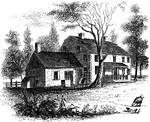
Hopper House
"The Hopper House. This view is from the road, looking northeast. The low part, on the left, is a portion…
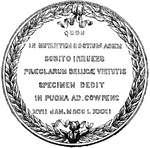
Howard Medal Back
"Silver medal awarded to Colonel Howard. The following are the device and inscriptions upon the back:…

Howard Medal Front
"Silver medal awarded to Colonel Howard. The following are the device and inscriptions upon the front:…

Howe's Headquarters
"When Howe reached that place he found General Sullivan confronting him, and the fishermen of Marblehead,…
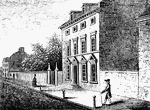
Howe's Quarters
"General Howe's quarters were in a house on High Street, one door east from the southeast corner of…
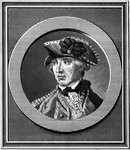
General Howe
"General Howe, commander of the British troops, left Massachusetts on March 17, 1776."—E. Benjamin…
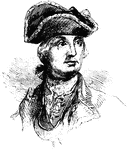
Robert Howe
(1732-1786) Appointed general for the North Carolina regiment during the Revolutionary War.
